Heating floors in an apartment or house are becoming very popular. We will tell you how to use the system with maximum benefit for your wallet.
What can affect energy consumption
Heating with electricity is not a cheap pleasure. Moreover, its value is only growing. Therefore, if you choose an electric-heated floor, electricity consumption is very important. It is worth understanding what factors influence it.
- Features of the climate of the area where the house is located. The longer and colder the winter, the more resources will have to be spent.
- The degree of thermal insulation of the building. Poor insulation means increased heating costs.
- Type of intended heating. It can be basic or additional. Costs will accordingly vary.
- Presence/absence of thermostats.
- Personal preferences in the field of space heating. Some people like slight coolness, while others like heat.
All these points significantly influence the amount of energy consumed, which must be taken into account when choosing to heat.

How much does an electric floor consume: we calculate it ourselves
It is not difficult to determine the resource consumption for powering the heating system. This can be done in three simple steps.
Step 1: Calculate the total power
This value will show how much energy is required to operate the equipment. To calculate, you will need to calculate the heated area. It differs from the general one in that it takes into account only those areas of the room under which the heating elements are placed. On average, this is about 70%, but if it is possible to calculate accurately, it is better to do so.
Another necessary quantity is the power of the heater, depending on the type of equipment used. Can be found in the technical documentation, where it is necessarily indicated by the manufacturer. All that remains is to calculate the total power. To do this, we multiply the two quantities and get the desired value.
Example: Given a room with an area of 15 square meters. m. The heating mat is laid on 12 sq. m. Equipment power is 150 W/sq. m. Determine the total power:
12*150=1800 W/sq. m.
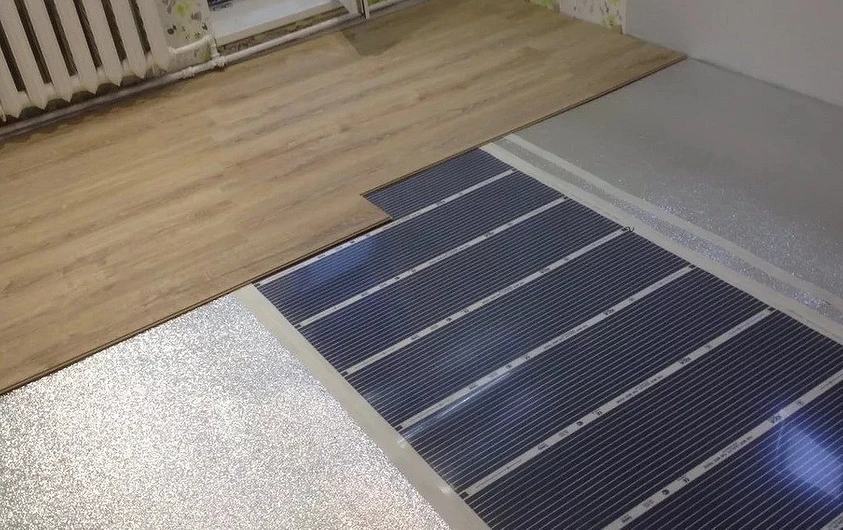
Step 2: Determine the correction for working with the thermostat
You can control the operation of the system manually, that is, turn it off/on as needed. But this is a very irrational way. It’s easier to entrust this operation to automation. A special sensor monitors the heating temperature and, based on this, turns off or activates the heating floor.
Practice shows that equipment spends a large amount of energy during operation, that is, while it is warming up. A minimum of resources is required to maintain the specified parameters. Thus, the more accurate the thermostat, the less the floor works. There are two types of devices:
- mechanical, in this case, the heating operating time is approximately 12 hours a day;
- programmable, the heating operates for about 6 hours a day.
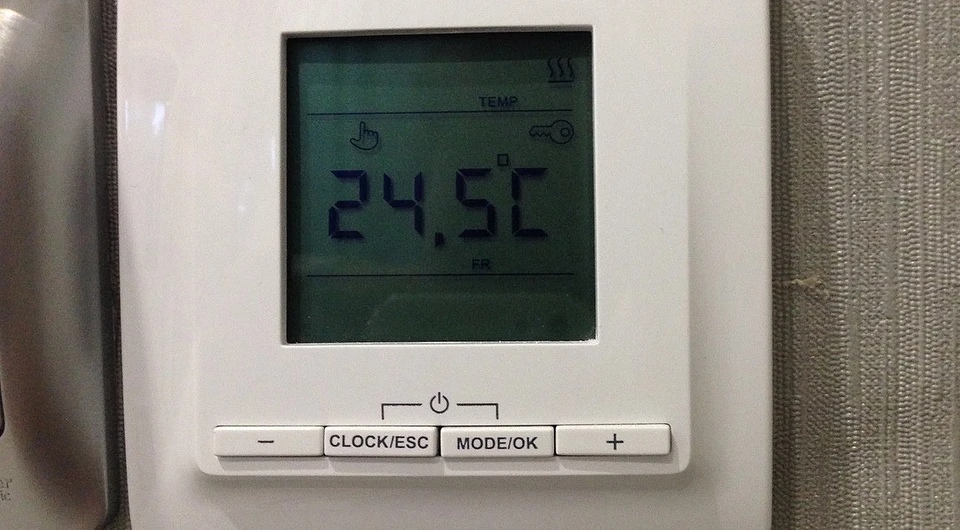
Now you can determine the electricity consumption of an electric heated floor per day. To do this, you need to multiply the total power by the number of hours worked. We select the last value depending on the type of thermostat.
Example: A mechanical system will consume 1800*12=21.6 kW per day;
With programmable equipment 1800*6=10.8 kW.
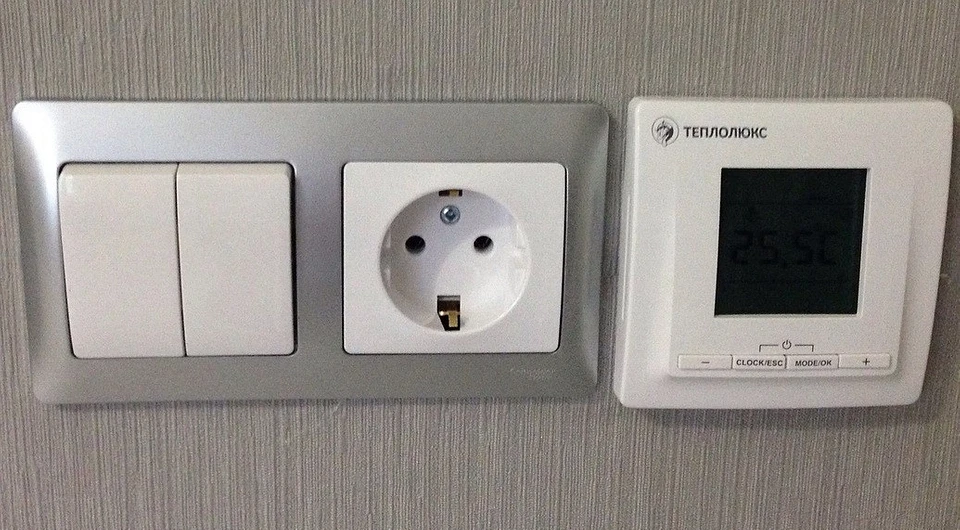
Step 3: Calculate the cost of resources
We found out how much the equipment consumes per day, so it won’t be difficult to calculate the amount of resources consumed per month or year. In the first case, we multiply the previously obtained value by 30, and in the second – by 365.
Example: We determine how much the system with mechanics will spend per year: 21.6*365=7884 kW, per month: 21.6*30=648 kW.
Similarly for a heated floor with automation: 10.8*365=3942 kW and 10.8*30=324 kW.
The price per kilowatt varies across regions, so you need to determine the cost of heating yourself. To do this, you will need to multiply the price by the annual or monthly consumption.

Five ways to cut costs
Whatever the total electric floor power and power consumption, resource costs can always be reduced.
1. Set the thermostat correctly
It is best to place any type of device in the coldest area. In this case, the heating will turn off only when the entire room is well warmed up, and turn on, accordingly, when there is sufficient cooling. This arrangement of the equipment helps to configure it as accurately as possible.
2. Heat only usable area
The heating floor does not need to be laid under bulky furniture and large equipment. Only the usable area should be heated. This is more economical and safer for the system itself, which can fail as a result of overheating.
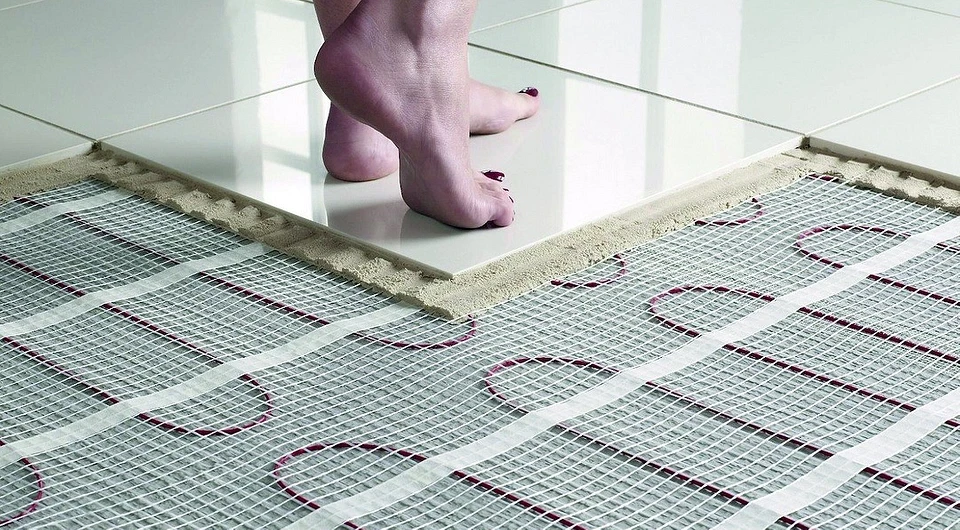
3. Install a multi-tariff meter
Its main difference is the different cost of energy during the day and night. If residents gather in the house in the evening and go about their business in the morning, you can save significantly on heating. In this case, in the absence of people, the temperature is maintained at a low level; before their appearance, it rises. At night, a comfortable microclimate is established, while electricity at this time costs much less.
4. Insulate the building as much as possible
High-quality thermal insulation significantly reduces energy consumption for heating. On average, this figure is reduced by 30-40%, provided that the insulation of windows, doors, walls, and ceilings is done correctly.
5. Try lowering the temperature
The feeling of warmth is very individual, and a slight decrease in its amount is almost unnoticed. Research shows that a drop in room temperature of just one degree is almost negligible. Even if there is slight discomfort, it passes quickly. But at the same time, the savings will be 5%.
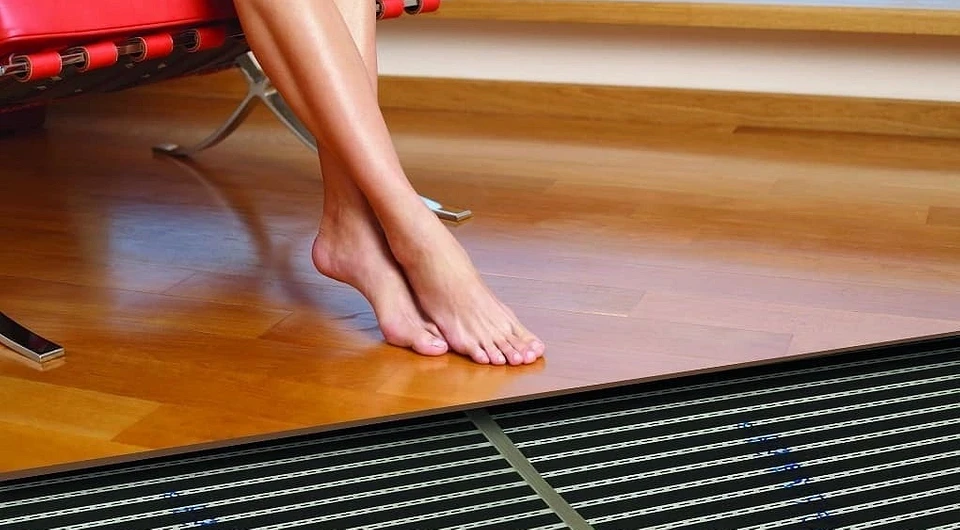
An electric floor is an effective way to heat your apartment or house. It will not ruin the owner if you choose the right type of system. This can be not only a heating mat, but also a cable or infrared film. Each variety has its characteristics and advantages. It is important to use them correctly and calculate the future energy consumption of the equipment. If you follow our instructions, this will not be difficult.



